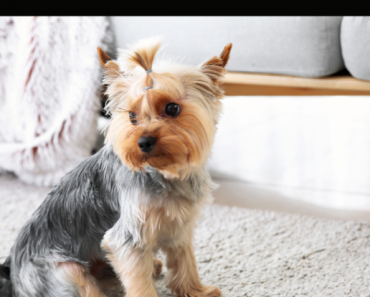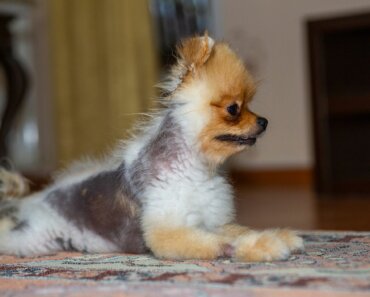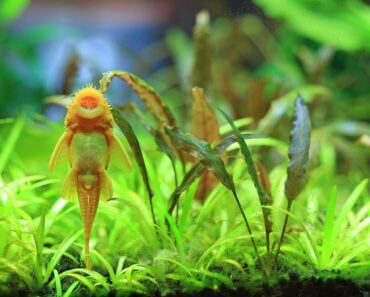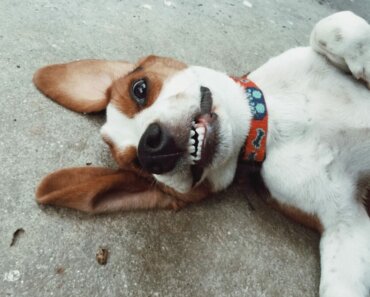Is your dog’s coat long or short, smooth or coarse? When it comes to successfully grooming her at home, knowing her coat type and the tools to use with it is invaluable.
Grooming your dog has a lot of benefits. It not only helps keeps her coat and skin healthy, but it also makes her feel better and enhances the bond you share with her. How you groom your dog depends primarily on the type of coat she has. Generally, long-haired dogs require more maintenance than short-haired ones, but there are a lot of variations to consider. Is your dog’s hair smooth or curly, fine or wiry? Knowing your canine companion’s coat type, along with what tools to use and when, is important for best results.
SMOOTH COATS
Smooth coats have a single layer made up of soft, short hairs, and only require a brush once a week. No clipping and trimming is necessary, making these dogs among the easiest to maintain. Due to the slickness of their coats, brushing often feels like being petted (to your dog) so hopefully, weekly grooming session are a happy experience!
RECOMMENDED TOOLS:
- Double-sided soft brush
- Slicker brush
- Curry comb
- De-shedding comb or rake during shedding season
- Grooming mitt/glove
- Damp cloth or chamois leather to finish off (produces a great shine)
DOUBLE COATS
Double-coated dogs demand more effort to prevent their hair from becoming tangled and knotted. As the name suggests, there are two layers of hair. The undercoat is soft, fine and dense to insulate or protect the dog from heat and cold. The topcoat consists of coarser hair that’s longer and water-resistant.
These coats require brushing every few days; during shedding season, you may need to groom the dog every day as the undercoat is released. It’s helpful to brush backwards against the hair, then smooth it back into place to loosen and remove debris and shedding hair.
It’s important not to clip these dogs, unless there’s a medical reason for it. A scissor trim of any unruly longer hair under the abdomen, legs and paws is fine, but clipping elsewhere can damage the coarser guard hairs of the topcoat while exposing the undercoat. This can lead to a problematic condition called coat funk.
RECOMMENDED TOOLS:
- Double-sided soft brush
- Slicker brush
- Curry comb
- De-shedding comb or rake especially in shedding season
- Grooming mitt/glove or soft bristle brush to finish and smooth
CURLY AND WAVY (WOOL) COATS
These coat types are high maintenance, with clipping and trimming recommended around every six to eight weeks. Although these dogs are low shedders, they still require brushing every one or two days as their hair tangles and mats easily. Regular brushing also helps remove any debris they may have collected in their coats while outside. If a tangle is discovered, begin combing the hair at its root and work towards the tip. Holding your fingers between the skin and comb helps reduce pulling and discomfort.
RECOMMENDED TOOLS:
- Slicker brush
- Medium or wide tooth comb to remove mats and tangles
- De-matter comb to remove any knots unsuccessfully detangled with previous brushing
- A soft bristle brush to finish and smooth
LONG AND SILKY COATS
Soft, fine, long coats may need trimming or clipping every few months to keep feathers or fringes on the dog’s abdomen, tail and/or legs tidy and under control. Long and silky hair requires brushing or combing every few days to prevent tangles and remove any debris picked up from being outside.
RECOMMENDED TOOLS:
- Pinhead brush or slicker brush (gently brush in the direction of the hair to remove loose hair)
- Medium or wide tooth comb to remove mats and tangles
- De-matter comb to remove any knots unsuccessfully detangled with previous brushing
- A soft bristle brush to finish and smooth
WIRE COATS
This is probably the easiest of all the coat textures! The hair is short, thick, and bristly and feels rough to the touch. Ideally, these robust coats require hand stripping by a professional two or three times a year, a technique in which dead hair is plucked out by hand. However, wire-haired dogs may be clipped without causing coat funk. In between grooming appointments, weekly brushing works to keep your dog clean and feeling perky.
RECOMMENDED TOOLS:
- Pinhead brush
- Slicker brush
- Medium or wide tooth comb to finish and smooth
Dogs come in all breeds, shapes and sizes, and their coats are just as varied. Knowing your own dog’s coat type, and the tools you’ll need to take care of it, means you’ll be able to keep her looking her best!





























